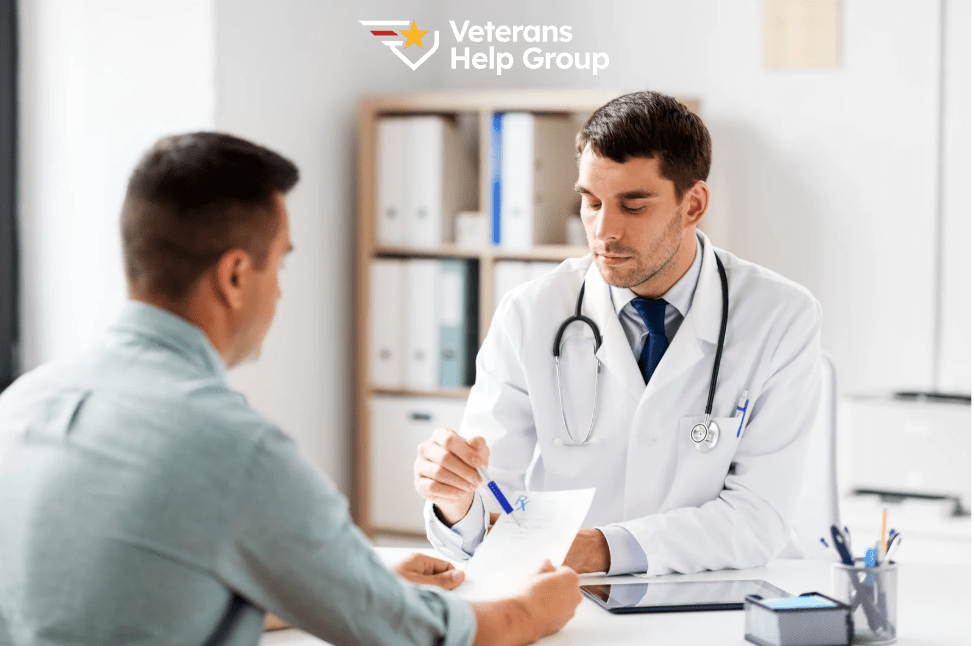Table Of Contents
With more and more female soldiers returning from Iraq and Afghanistan, women are the fastest growing segment of the U.S. veteran population. The logical correlation with that is the increasing demand for breast cancer screening, diagnostic testing and treatment within the Veterans Health Administration (VHA).
From 2003 to 2009, nationwide VHA outpatient care of women grew by 47 percent, a figure that can only be expected to increase with thousands more returning from overseas. The Baltimore VA Medical Center (BVAMC) beefed up its breast cancer screening program in 2008 and now hopes to be a model for other facilities. A report of their efforts was made public two weeks ago.
Gap Between Screening and VHA Breast Cancer Treatment
More women have been screened since the expansion in 2008; however, it led to more elapsed time between diagnosis and treatment. It also has led to increased use of non-VA facilities for follow up due to lack of staff at BVMAC. The report found that, since the 2008 expansion that added staff and equipment until 2012, there were 6,720 mammograms performed. Of that number, though, 86 percent of the women had to get additional treatment from civilian facilities. From 2000 to 2012, 76 women received actual breast cancer treatment. Before the expansion there was a period of 33 days from diagnosis to the start of treatment, but after expansion it has increased to 51 days.
The lesson learned is that if you are going to screen more, you are going to have to treat more. Obviously more mammograms will unfortunately see more incidents of diagnosed cancer. The facility is now planning on adding more staff and more equipment, as a full in-house breast cancer program is more cost-effective, and getting treatment all in one place would be preferred by women. This is all a step in the right direction. Hopefully other facilities around the country will see the progress in Baltimore and appropriately expand their facilities.
Providing care for breast cancer has never had to be a large priority for the VHA because sheer numbers have not warranted it. That thinking has changed and now it is up to the VHA to stay ahead of the curve so that it can effectively provide one of most important medical services to our female veterans.
For Veterans Disabled by a Medical Condition
In addition to VHA medical services, veterans may be entitled to a range of other benefits if they are disabled by medical conditions. Learn more here about disability compensation for veterans.

Discounts for Military Veterans 2025
Discounts for Military Veterans 2025 As a military veteran, numerous companies continue to honor...

Different Types of 100% VA Disability Ratings (Updated September 2025)
Different Types of 100% VA Disability Ratings (Updated September 2025) If you’re applying for or...

Congress Aims To Streamline Community Care For Veterans
Congress Aims To Streamline Community Care For Veterans Obtaining approval to see a doctor outside...





